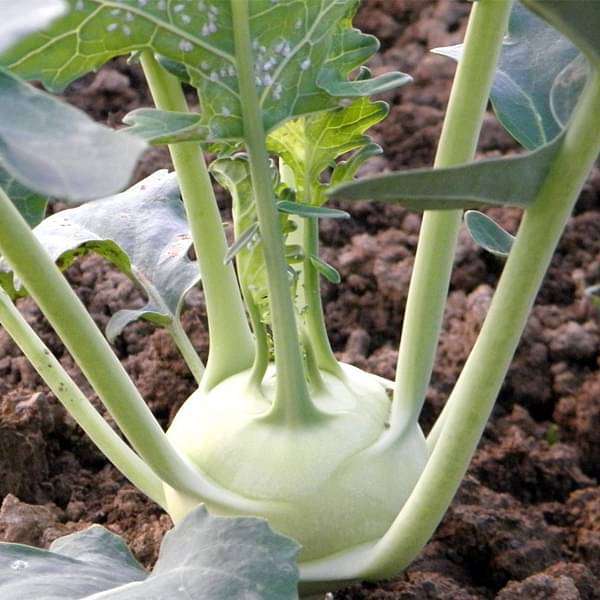
Knol Khol White - Desi Vegetable Seeds
(MRP Inclusive of all taxes)
- Shipping ₹79 for entire order
- Dispatch in 7 days
- Country of origin: India

(MRP Inclusive of all taxes)
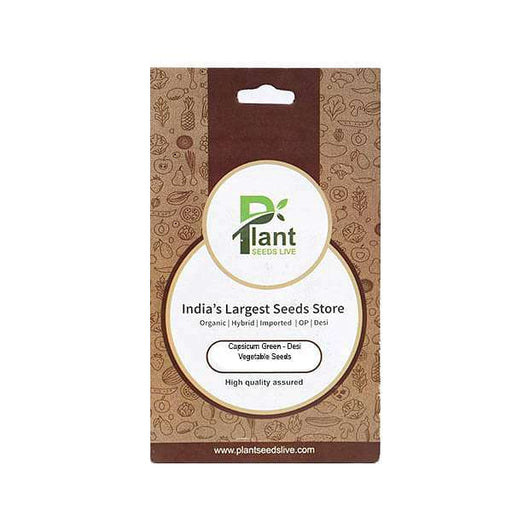
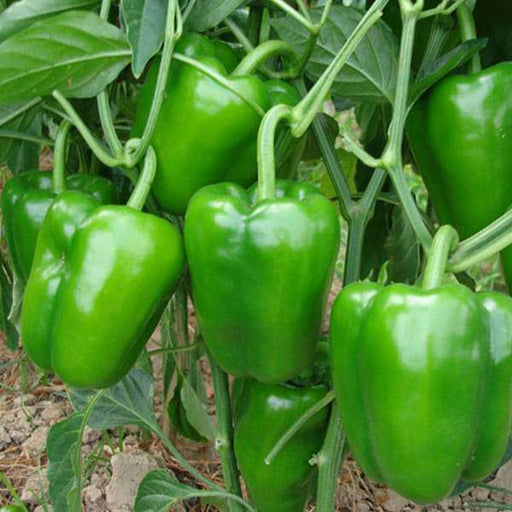 Sold out
Sold out
Capsicum Green - Desi Vegetable Seeds Capsicum Green, also known as bell pepper, is a vibrant and nutritious addition to your garden. Thes...
View full details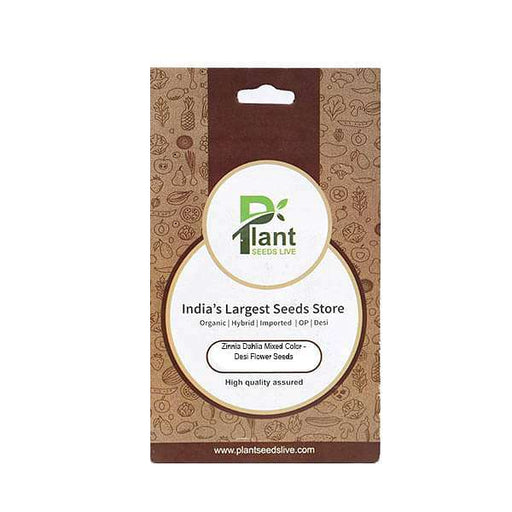
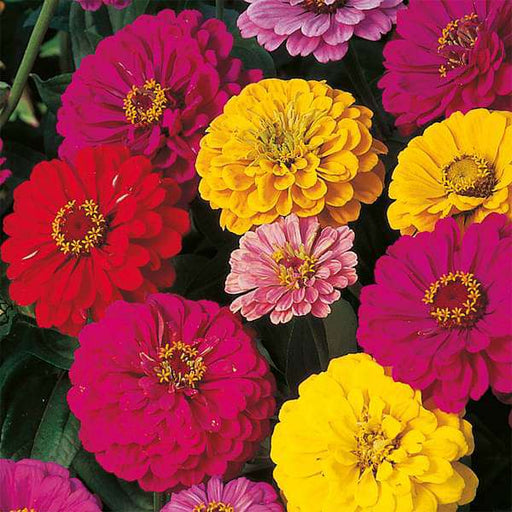 Sold out
Sold out
Zinnia Dahlia Mixed Color - Desi Flower Seeds Transform your garden into a vibrant tapestry of colors with our Zinnia Dahlia Mixed Color -...
View full details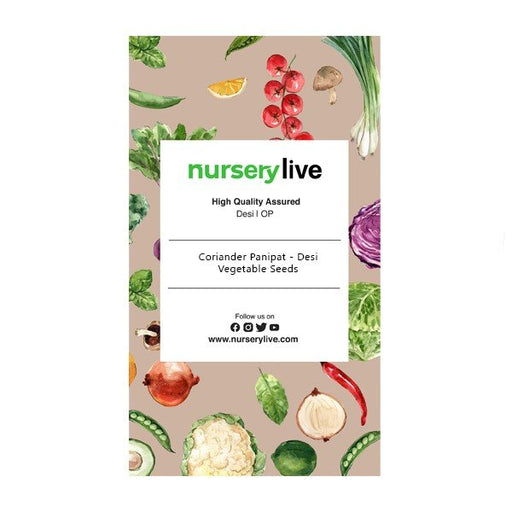
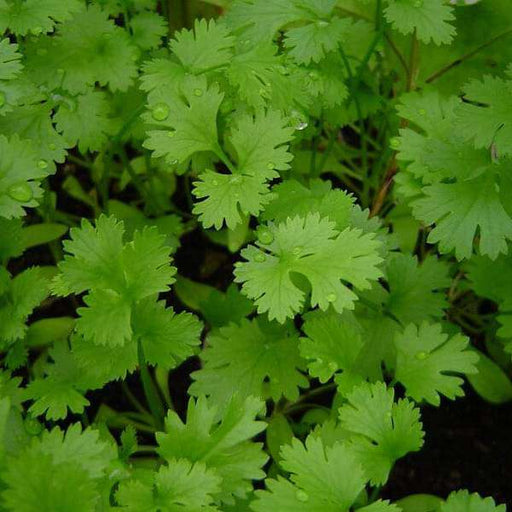 Save 25%
Save 25%
Coriander Panipat - Desi Vegetable Seeds Coriander Panipat is a premium variety of coriander seeds, cherished for its aromatic leaves and ...
View full details
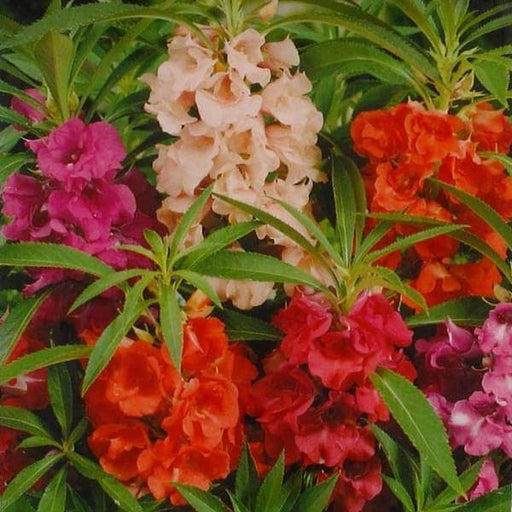 Save 25%
Save 25%
Balsam Double Mixed Color - Desi Flower Seeds Discover the vibrant beauty of Balsam Double Mixed Color - Desi Flower Seeds, a delightful a...
View full details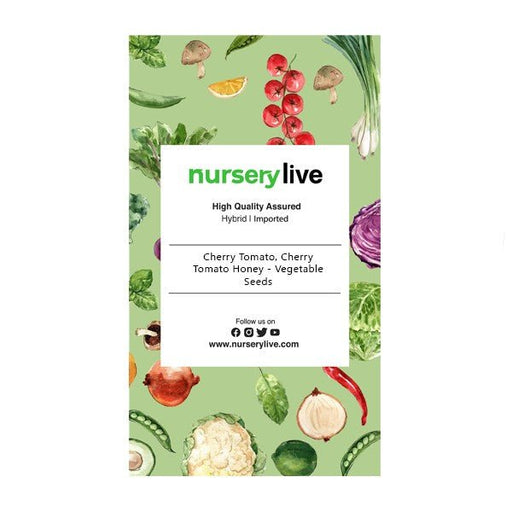
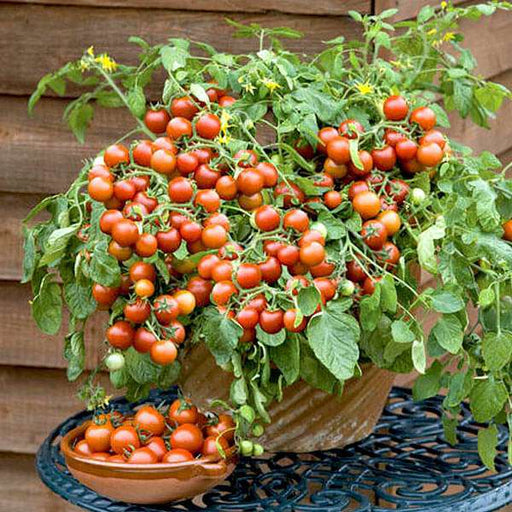 Sold out
Sold out
Cherry Tomato, Cherry Tomato Honey - Vegetable Seeds Discover the delightful world of Cherry Tomato Honey seeds, perfect for home gardener...
View full details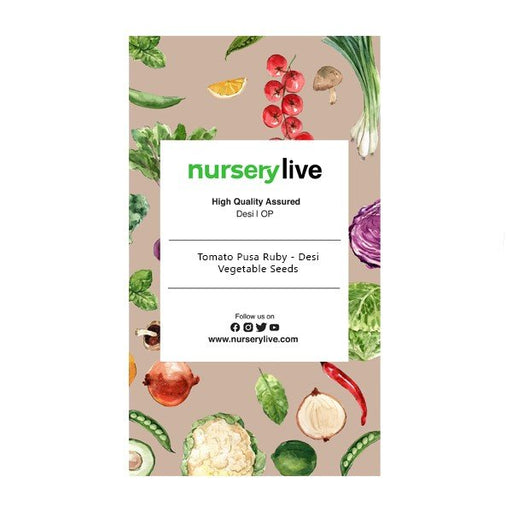
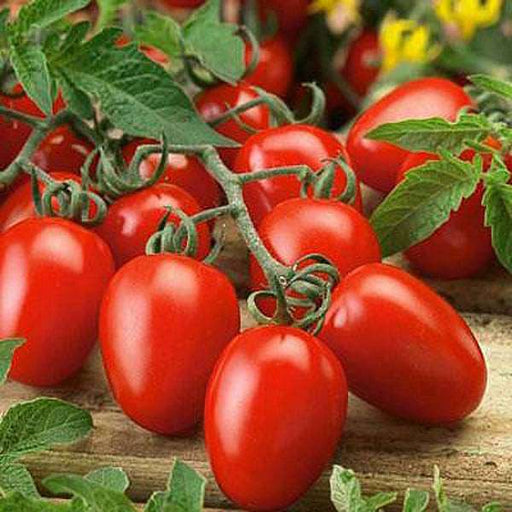 Sold out
Sold out
Tomato Pusa Ruby - Desi Vegetable Seeds The Tomato Pusa Ruby is a premium variety of tomato seeds, renowned for its vibrant red color, jui...
View full details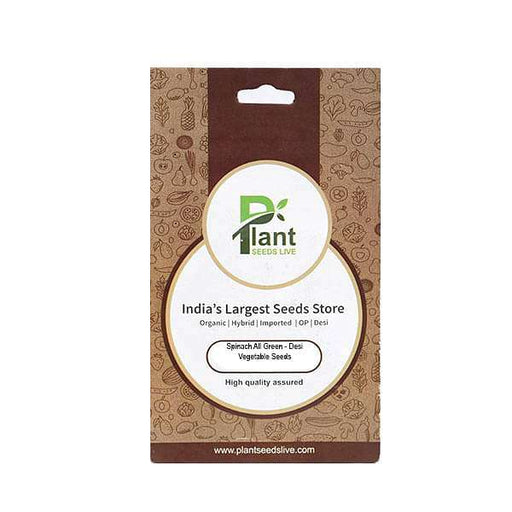
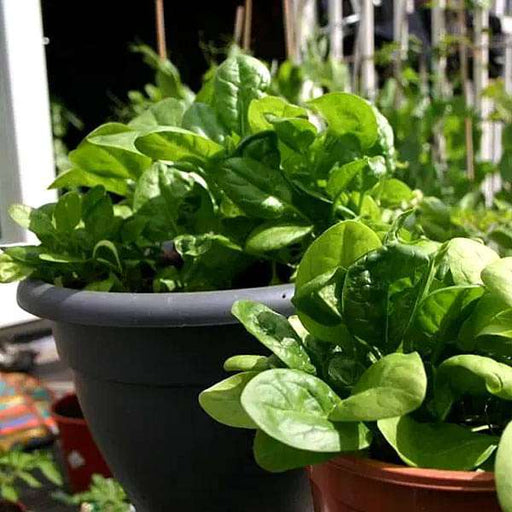 Save 25%
Save 25%
Spinach All Green - Desi Vegetable Seeds Introducing the Spinach All Green - Desi Vegetable Seeds, a premium variety of spinach that thriv...
View full details
 Sold out
Sold out
Capsicum Green - Desi Vegetable Seeds Capsicum Green, also known as bell pepper, is a vibrant and nutritious addition to your garden. Thes...
View full details
 Save 25%
Save 25%
Coriander Panipat - Desi Vegetable Seeds Coriander Panipat is a premium variety of coriander seeds, cherished for its aromatic leaves and ...
View full details
 Sold out
Sold out
Cherry Tomato, Cherry Tomato Honey - Vegetable Seeds Discover the delightful world of Cherry Tomato Honey seeds, perfect for home gardener...
View full details
 Sold out
Sold out
Tomato Pusa Ruby - Desi Vegetable Seeds The Tomato Pusa Ruby is a premium variety of tomato seeds, renowned for its vibrant red color, jui...
View full details
 Save 25%
Save 25%
Spinach All Green - Desi Vegetable Seeds Introducing the Spinach All Green - Desi Vegetable Seeds, a premium variety of spinach that thriv...
View full details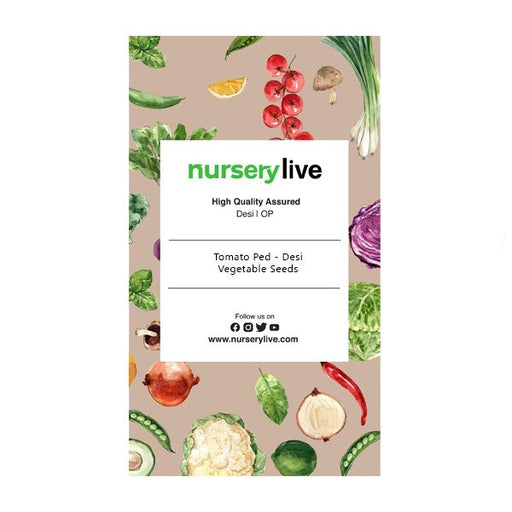
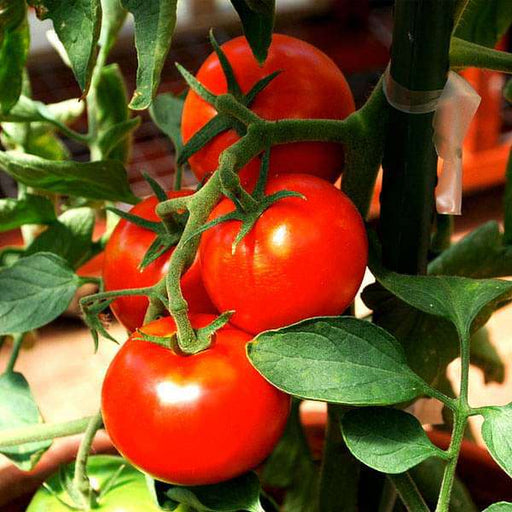 Save 25%
Save 25%
Tomato Ped - Desi Vegetable Seeds Introducing the Tomato Ped - Desi Vegetable Seeds, a premium selection of heirloom tomato seeds that pro...
View full details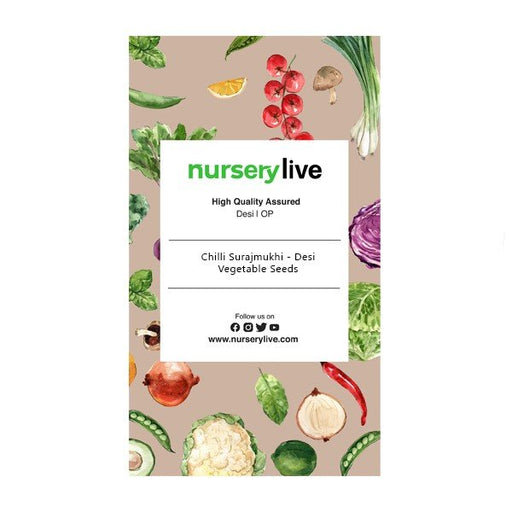
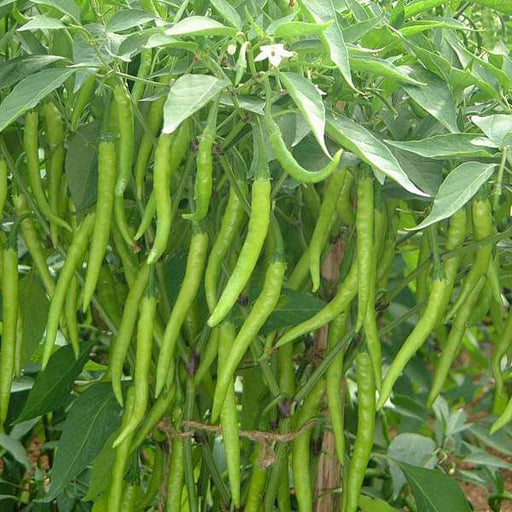 Save 25%
Save 25%
Chilli Surajmukhi - Desi Vegetable Seeds Introducing the Chilli Surajmukhi, a unique variety of desi vegetable seeds that brings a burst o...
View full details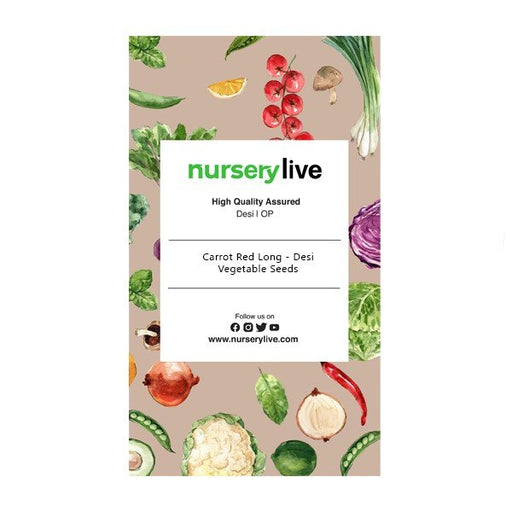
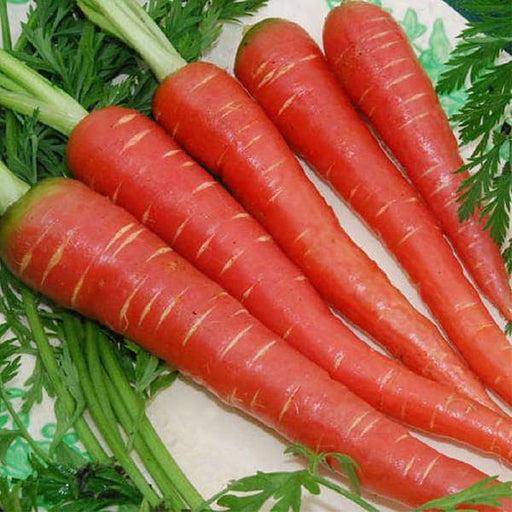 Save 25%
Save 25%
Carrot Red Long - Desi Vegetable Seeds Introducing the Carrot Red Long - Desi Vegetable Seeds, a premium variety known for its vibrant col...
View full details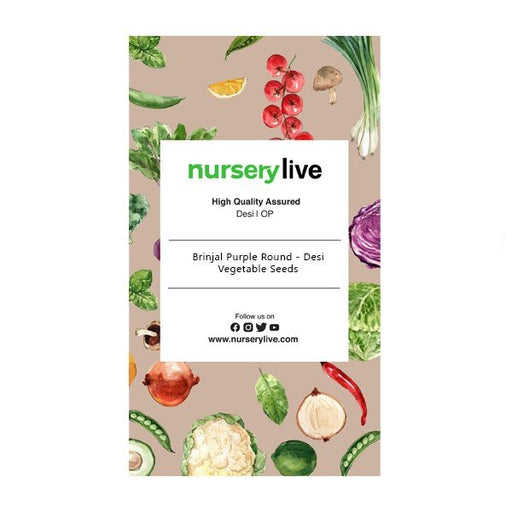
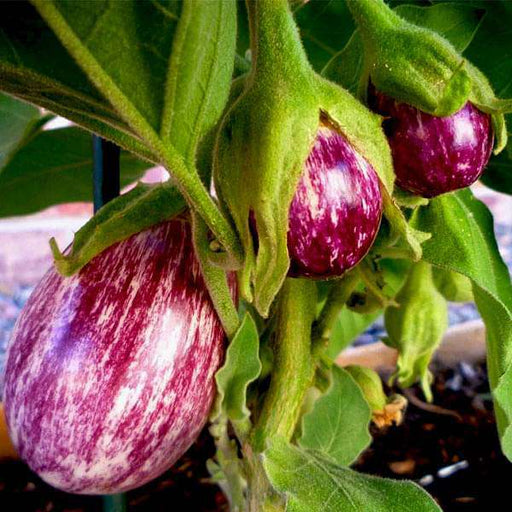 Save 25%
Save 25%
Brinjal Purple Round - Desi Vegetable Seeds Discover the rich flavors and vibrant colors of Brinjal Purple Round, a staple in Indian cuisi...
View full details
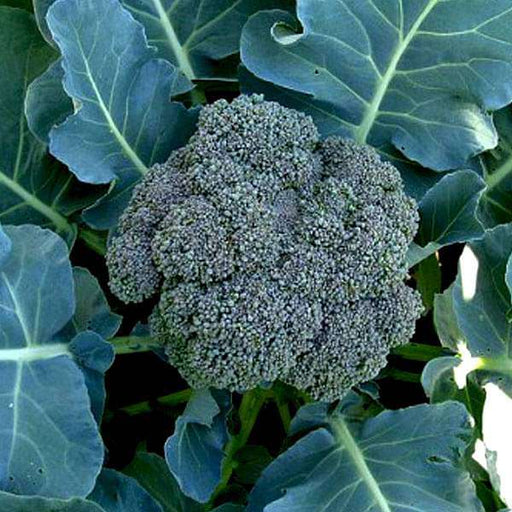 Save 25%
Save 25%
Broccoli Green - Desi Vegetable Seeds Discover the vibrant world of Broccoli Green with our premium Desi Vegetable Seeds. Known for its ri...
View full details
 Save 35%
Save 35%
Best 6 Plants for Perfect Indoor Garden Transform your living space into a lush oasis with our curated collection of the Best 6 Plants for a...
View full details
 Save up to 50%
Save up to 50%
Mini Succulent Garden Pack Transform your space with our Mini Succulent Garden Pack, featuring a delightful collection of 4 any variety beautiful s...
View full details
 Save 30%
Save 30%
5 Best Fragrant Plants Transform your garden or indoor space into a fragrant paradise with our curated selection of the 5 Best Fragrant Plants. Th...
View full details
 Save 24%
Save 24%
Set of 2 Bonsai Looking Grafted Adeniums Transform your indoor or outdoor space with our exquisite Set of 2 Bonsai Looking Grafted Adenium...
View full details Save 45%
Save 45%
Top 4 Die Hard Succulents Pack Transform your indoor or outdoor space with our Top 4 Die Hard Succulents Pack, featuring a curated selecti...
View full details
 Save 30%
Save 30%
5 Best Indoor Plants Pack Transform your living space into a lush oasis with our '5 Best Indoor Plants Pack.' This carefully curated collection fe...
View full details
 Save 25%
Save 25%
Set of 4 Evergreen Air Purifier Plant Pack Transform your indoor space into a lush, green oasis with our Set of 4 Evergreen Air Purifier Pla...
View full details| SrNo | Item Name |
|---|---|
| 1 | Knol Khol White - Desi Vegetable Seeds |
Knol Khol, also known as Kohlrabi, is a unique and nutritious vegetable that belongs to the Brassica family. These Desi vegetable seeds yield crisp, succulent bulbs that are rich in vitamins C and K, making them a fantastic addition to your garden. With a mild, sweet flavor, Knol Khol can be enjoyed raw in salads or cooked in various dishes, offering versatility in your culinary adventures.
Knol Khol White stands out for its exceptional adaptability to different climates and soil types. This heirloom variety has been cultivated for centuries, originating from Europe and spreading across Asia. Its ability to thrive in both cool and warm conditions makes it a favorite among gardeners and chefs alike.
This variety boasts a stunning white bulb that can grow up to 6 inches in diameter. Rich in antioxidants and fiber, Knol Khol is not only delicious but also promotes digestive health and boosts immunity. Its unique taste and texture make it a delightful addition to any meal.
Knol Khol, also known as Kohlrabi, is the superhero of the vegetable world. Packed with vitamins C and K, this crunchy delight not only boosts your immune system but also keeps your bones strong. Imagine munching on a veggie that fights off colds while making your bones as tough as a superhero's! Plus, it’s low in calories, making it the perfect sidekick for your weight loss journey. Who knew being healthy could be so deliciously fun?
When it comes to gardening, desi vegetable seeds are like the VIP pass to a flavorful party. These seeds bring the authentic taste of traditional Indian vegetables right to your backyard. From the tangy taste of bhindi to the earthy flavor of lauki, desi seeds are your ticket to a culinary adventure. Plant them, nurture them, and watch as they transform your garden into a vibrant patch of nostalgia and flavor.
Growing Knol Khol is like hosting a garden party where the guest of honor is a quirky vegetable. To ensure your kohlrabi thrives, plant it in well-drained soil with plenty of sunlight. Water it regularly, but don’t drown it—this isn’t a swimming competition! Harvest when the bulbs are about the size of a tennis ball for that perfect crunch. With these tips, you’ll be the proud parent of a kohlrabi that’s ready to impress at any dinner table.
If you think kohlrabi is just a pretty face, think again! This versatile veggie can be transformed into a myriad of dishes. From kohlrabi slaw that’ll make your taste buds dance to creamy kohlrabi soup that warms the soul, the possibilities are endless. You can even roast it for a caramelized treat that’s simply irresistible. So, roll up your sleeves and get ready to whip up some culinary magic with this underappreciated gem.
Let’s talk numbers—kohlrabi is a nutritional powerhouse! With only 36 calories per cup, it’s a guilt-free snack that’s high in fiber and low in carbs. It’s like the vegetable version of a gym buddy, always encouraging you to stay fit. Plus, it’s rich in antioxidants, which means it’s not just good for you; it’s also fighting off those pesky free radicals. Who knew a veggie could be so good at multitasking?
Storing kohlrabi is an art form, and you’re the artist! To keep this crunchy delight fresh, store it in the crisper drawer of your fridge, wrapped in a damp paper towel. This way, it stays crisp and ready for your next culinary masterpiece. Avoid washing it until you’re ready to use it—nobody likes a soggy kohlrabi! With the right storage, you’ll have a fresh supply of this veggie wonder at your fingertips.
Just like people, kohlrabi comes in different varieties, each with its own unique charm. From the classic green kohlrabi to the stunning purple variety, there’s a kohlrabi for every palate. Each type offers a slightly different flavor profile, making it a fun challenge to discover your favorite. So, why settle for one when you can have a whole rainbow of kohlrabi in your garden? Variety is the spice of life, after all!
Every garden has its villains, and kohlrabi is no exception. But fear not! With a few clever tricks, you can keep those pesky pests at bay. Companion planting with marigolds can deter aphids, while a sprinkle of diatomaceous earth can send slugs packing. Regularly inspecting your plants is like being a detective in your own garden mystery. With a little vigilance, your kohlrabi will thrive, and you’ll be the hero of your own gardening saga.
Harvesting kohlrabi is like unwrapping a present—you never know what you’re going to get! Wait until the bulbs are about 3-4 inches in diameter for that perfect crunch. Use a sharp knife to cut them from the stem, and don’t forget to celebrate your harvest with a little dance. After all, you’ve just grown a vegetable that’s as fun to say as it is to eat. So, grab your basket and enjoy the fruits of your labor!
If kohlrabi were a celebrity, it would be the one everyone wants to be friends with. This veggie is loaded with health benefits, including anti-inflammatory properties and digestive support. It’s like having a personal trainer in your diet, helping you stay fit and fabulous. Plus, its high fiber content keeps your gut happy, making it a must-have for anyone looking to improve their overall health. Who knew a vegetable could be such a great friend?
In the world of Indian cuisine, kohlrabi is the unsung hero. Often overlooked, this veggie can be the star of your next curry or sabzi. Its mild flavor absorbs spices beautifully, making it a perfect canvas for your culinary creativity. Whether you sauté it with mustard seeds or toss it into a biryani, kohlrabi adds a delightful crunch and a touch of uniqueness to your dishes. So, give this veggie a chance to shine in your kitchen!
Knol Khol White, also known as Kohlrabi, is a quirky vegetable seed that promises to sprout into a bulbous delight. This desi gem is not just a pretty face; it’s packed with nutrients and adds a crunch to your salads. Who knew a vegetable could be both fun and functional
Growing Knol Khol White is as easy as pie—if pie were a vegetable! Plant the seeds in well-drained soil, give them some sunlight, and watch them thrive. Water them regularly, but don’t drown them; they prefer a light sprinkle over a monsoon. Soon, you’ll have a garden full of crunchy goodness!
Knol Khol White is like the superhero of vegetables! It’s low in calories, high in fiber, and packed with vitamins C and K. Eating it can boost your immune system and keep your skin glowing. Plus, it’s a great way to impress your friends with your healthy eating habits—who doesn’t love a veggie that’s good for you
Absolutely! Knol Khol White is a pot-friendly plant, perfect for those with limited garden space. Just ensure your pot has good drainage and enough depth for those bulbous beauties to grow. With a little love and care, you’ll have a mini vegetable garden right on your balcony!
Timing is everything, especially in gardening! The best time to plant Knol Khol White seeds is during the cooler months, ideally in spring or fall. They thrive in temperatures between 15-20°C. So, grab your gardening gloves and get planting before the weather decides to play tricks on you!
Lettuce be friends!” Your garden will be ready before you know it!
Knol Khol White is a bit of a diva; it prefers cooler climates but can adapt to various conditions. If you live in a hot area, try planting it in partial shade to keep it cool. Just remember, it’s not a fan of extreme heat—think of it as the Goldilocks of vegetables!
Ah, the pesky pests! Keep an eye out for aphids and cabbage worms; they love to munch on your Knol Khol White. A little neem oil spray can work wonders to keep them at bay. Remember, a healthy garden is a happy garden—don’t let those little critters crash your veggie party!
Harvesting Knol Khol White is like unwrapping a present! Wait until the bulbs are about 3-4 inches in diameter, then gently twist and pull them from the soil. Use a sharp knife to cut the leaves, and voilà! You’ve got yourself a crunchy, delicious vegetable ready for your next culinary adventure.
Absolutely! The leaves of Knol Khol White are edible and packed with nutrients. They can be sautéed, added to salads, or blended into smoothies. Think of them as the bonus round of your vegetable harvest—more greens, more goodness, and a great way to reduce waste!
Storing Knol Khol White is a breeze! Keep it in the fridge, wrapped in a damp paper towel, to maintain its crunchiness. It can last up to a week this way. Just remember, it’s not a fan of being left out on the counter—no one likes a wilted vegetable!